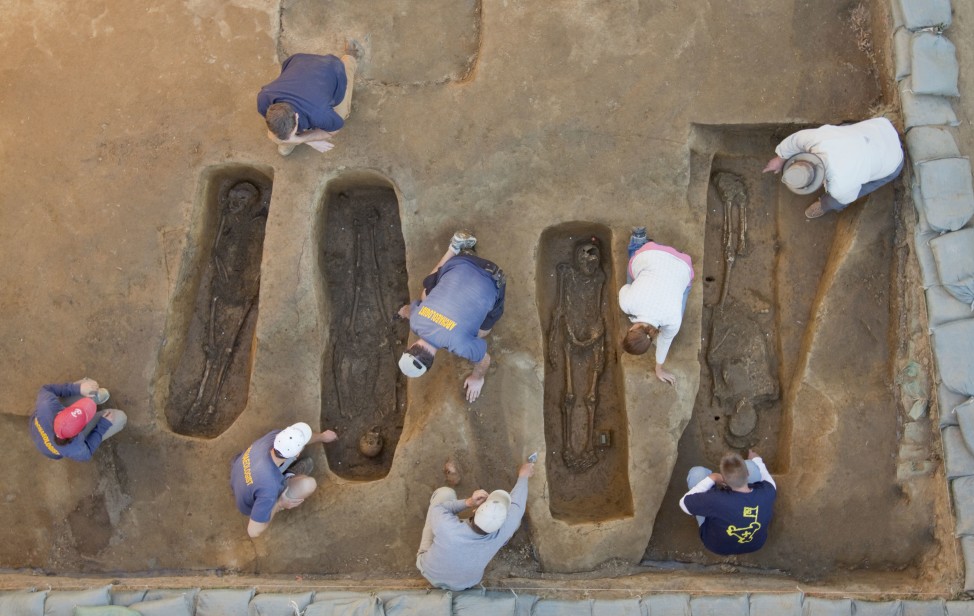
Archaeologists examine the remains of four men, including Capt. Gabriel Archer, who died at Jamestown between 1608 and 1617. (Photo by Michael Lavin, Courtesy of Jamestown Rediscovery Foundation, Preservation Virginia)
Skeletal remains unearthed at Jamestown suggest the first permanent English settlement in the Americas might have been infiltrated by an undercover priest working to undermine the English on behalf of Spain.
MORE ABOUT AMERICA
Wild West Ghost Town Emerges from Watery Grave
Forbidden Visitors Sneak to California Cliff that Slid into Ocean
I
The remains of explorer Captain Gabriel Archer, 34, were found along with those of three other men; all four are thought to have been prominent leaders in the early colony.
The remains were discovered among the ruins of a structure thought to be the first Protestant church built in the New World. In unearthing the remains, Jamestown researchers also uncovered evidence there might have been more to the expeditionary leader than previously thought.
“Gabriel Archer might have been a Catholic agent working on behalf of the Spanish Catholic authorities and seeking to undermine the colony from within. There is that possibility,” said James Horn, president of Jamestown Rediscovery, which led the dig. “It’s certainly a theory we can’t discount.”
At the heart of the mystery is a small silver box researchers believe is a Roman Catholic reliquary — a container that holds holy objects, such as fragment of clothing or even the remains of a saint.
The item was buried with Archer when he died in late 1609 or early 1610 during a period when starvation, disease and famine devastated the colony. It’s possible the item was simply a treasured personal object, but its discovery raises a number of questions.
“How did it get into Gabriel Archer’s grave, who put it there and does it have meaning in terms of a broader Catholic presence than we might have anticipated in early Jamestown?” Horn said.
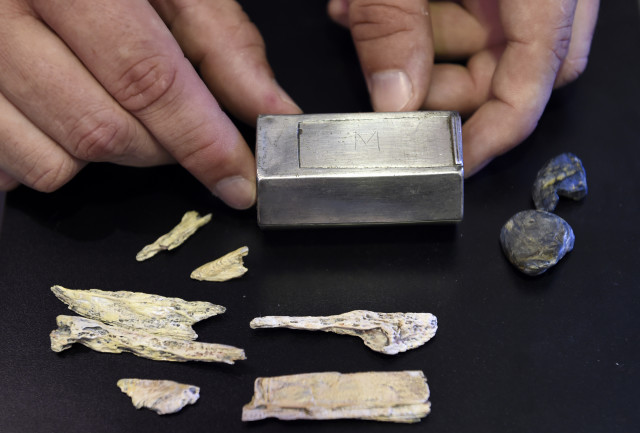
The small silver box, Jamestown researchers identify as a Roman Catholic reliquary, was found with the remains of prominent Jamestown leader Capt. Gabriel Archer. (AP Photo)
The Jamestown settlers were members of the Anglican faith, of the official Church of England. The English were keen to establish a foothold for Protestantism in the colonies, in part to counteract the Spanish, who were aggressively converting the indigenous people in their colonies to Roman Catholicism.
Catholic Spain claimed all of the Americas at that time, and would have naturally had a vested interest in the goings-on in the new English colony in order to assess what threat, if any, Jamestown posed to Spanish interests.
Whether Archer, whose parents were Catholic, worked for the Spanish is unproven, but there’s evidence he was a major conspirator challenging authority in the colony during the first few years.
“He’s involved in just about every plot to overthrow the leader of the colony during the period he was in Virginia [from] 1607 to 1609,” Horn said. “So that could be connected to the fact that this effort to undermine the colony was not simply his own personal dislike of some of the people in charge, but rather much more intentional.”
Adding to the mystery is the fact that Archer was buried with his head to the east, an honor usually reserved for clerics. The remains of Robert Hunt, the first known Anglican minister in the New World, were found along with Archer’s and he, as expected, was buried with his head facing east. But why would Archer, an explorer and expeditionary leader, be buried with his head to the east?
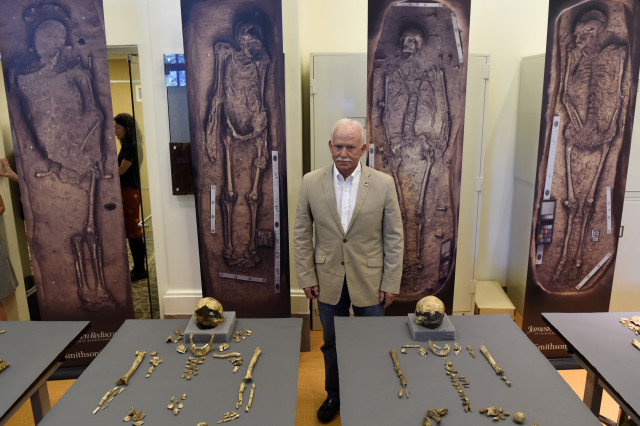
Bill Kelso, director of archaeology at Jamestown Discover, poses with bone fragments four high-status leaders at the Jamestown colony, at the Smithsonian’s National Museum of Natural History in Washington, July 28, 2015. (AP Photo)
“Was it simply an error?” Horn said. “Or does it indicate he might have been more than he seemed and that is he was in fact a secret Catholic priest operating in Jamestown?”
Before coming to the New World, Horn says Archer was a student at Cambridge, which was known as a place where young Englishmen were recruited to the Catholic priesthood. Researchers will now take their search to Cambridge to see if there is evidence Archer was among those recruited to the Spanish cause.
In their quest to solve the mystery of exactly what Captain Gabriel Archer was up to in Jamestown, researchers will also take their investigation to Spain. They’ll be looking for proof that Spanish authorities recruited Archer and sent him to stir up trouble in the New World.
“If Jamestown had failed, if Virginia had collapsed, there’s no telling whether the English would have tried to continue to settle the mainland,” said Horn. “They might have decided not to.”
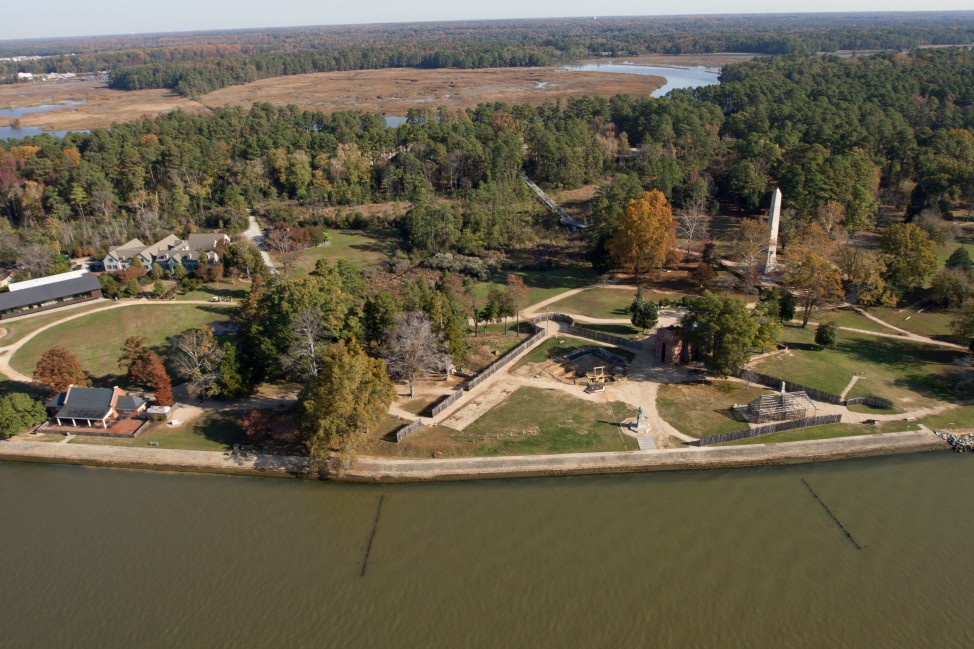
Aerial view of James Fort, Jamestown Island, Virginia. (Courtesy of Jamestown Rediscovery Foundation, Preservation Virginia)
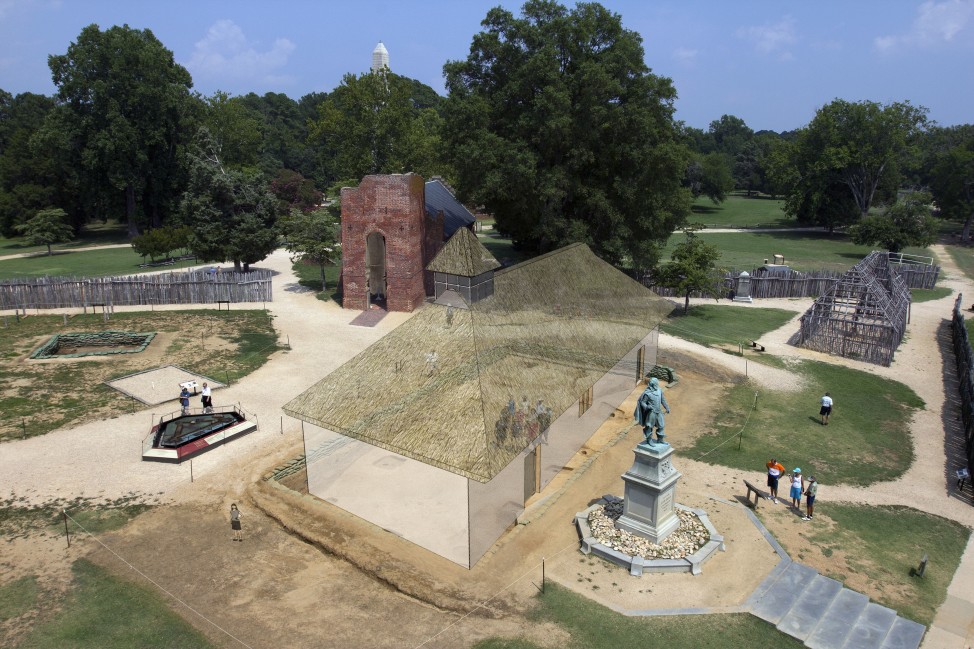
Digital reconstruction of the 1608 Church. (Courtesy of Jamestown Rediscovery Foundation, Preservation Virginia)
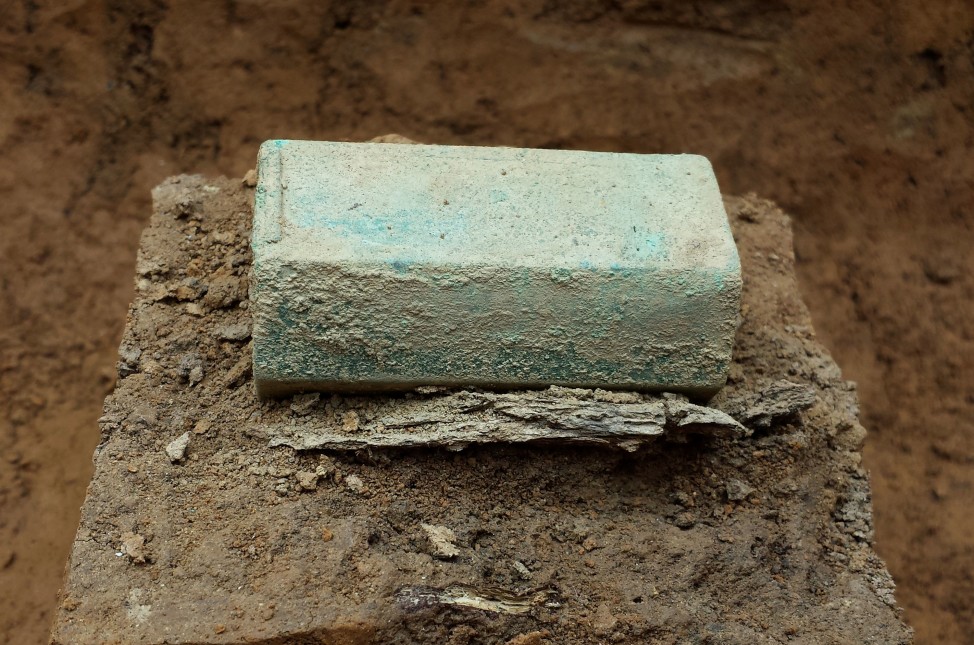
Silver Reliquary and fragments of coffin wood found in the grave of Capt. Gabriel Archer. (Courtesy of Jamestown Rediscovery Foundation, Preservation Virginia)
(Note: teaser photo of a rosary and bible courtesy of Flickr user Chris Sloan via Creative Commons license.)


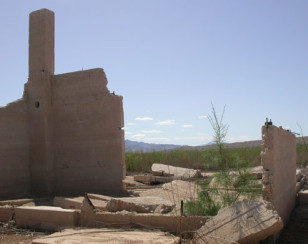
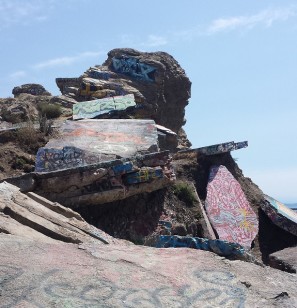
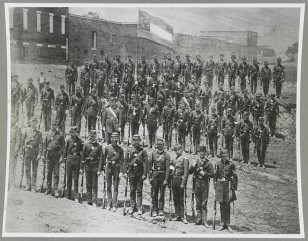
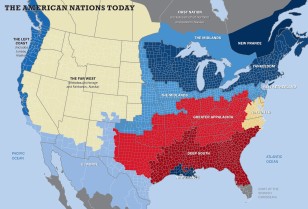





















The fact that the king of England at this time is James I tells us how fluid the religious situation was in England at the time. In fact, he was a foreigner who had been baptized as a child by his Catholic mother (Mary Queen of Scots). When she was overthrown, James was taken away from her and raised by Protestants. However, unsurprisingly, he was quite tolerant of Catholics as King of England as long as they remained out of sight (don’t ask, don’t tell). Due the the fluid situation, Catholics hoped for a restoration of their religion rather than rule by Spain. As a matter of fact, King James was actually interested in a marriage for his son Charles with Spanish royalty. Religion and politics were very mixed in those days and the situation was fluid. It was only much later that England decided that the Catholics were excluded from becoming royals in England. One might add here that there is a lot of speculation that Shakespeare himself was a Catholic — he never speaks ill of them, although it would have been popular with some. Quite the contrary, Catholic clerics are portrayed in a sympathetic light and Shakespeare is fond of Italian themes in his plays. If he was a secret Catholic, that might explain why his past is rather undocumented. We do know that his father was a Catholic. But that is another story. Briefly, the religious situation in those days among the English themselves was quite fluid.In fact, this situation was so unsatisfactory to the strict Puritans that they set up their colony in New England to leave the corrupt motherland behind!
Prior to the publishing of this article… My Cousin, Millie Jo Smith-Bolles and I were at Jamestowne and had talked to Dr. Horn about Our Cousin Ancestor, Capt. Gabriel Archer and the mysterious silver Relic Box. They were perplexed at The “M” symbol on it and we gave Dr. Horn an interesting answer to it’s possible origins to The Holy Lands of The Middle East. The rest is re-discovered history. ~Rev./Dr. A. Edward Moch ++++